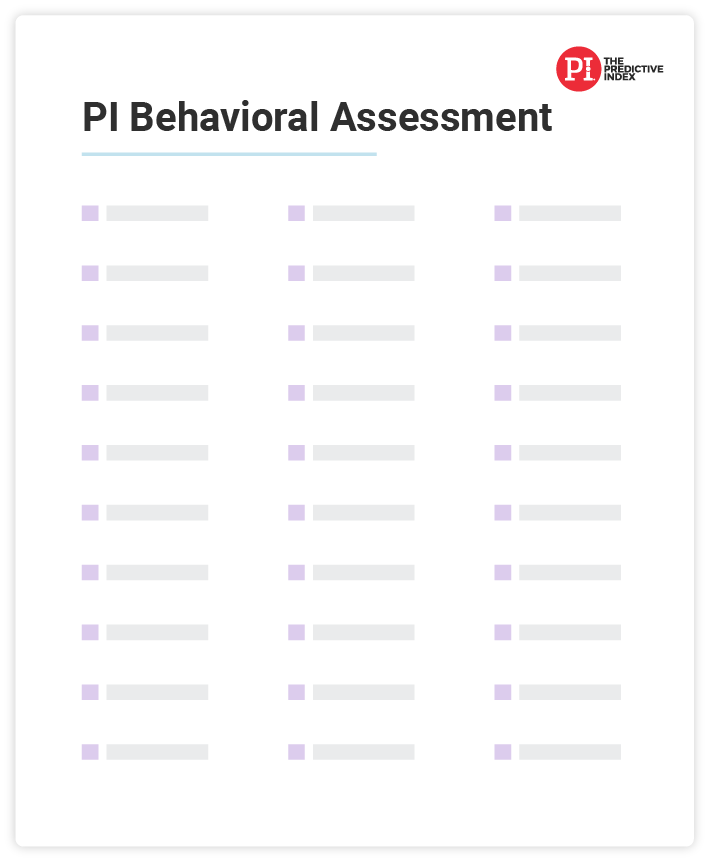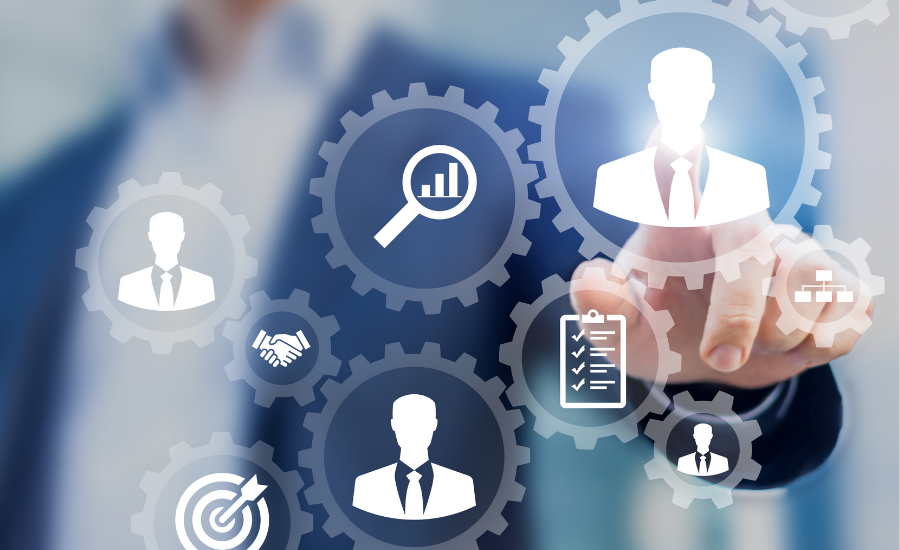By E.J. Kritz, EVP, Training & CX Insights
ath Power Consulting
In a previous article I suggested a revision to the commonly held belief that happy employees will equal happy customers. Instead, let us consider that an engaged and optimized employee will equal happy customers. Easier said than done.
Brands work, sometimes to a painstaking level, to hire and retain the best talent. In outstanding cases do hiring practices work in concert with business strategy. It is only in the rarest of cases that companies consider what we call, “The Hiring Halo Effect.”
First, to dispel some possible confusion. The phrase “halo effect” is commonly associated with hiring where a candidate is viewed as “perfect”, and the hiring manager has trouble seeing them any other way. This too, is a pitfall that should always be avoided.
In the case of The Hiring Halo Effect, we’re imagining the other business strategies that can be impacted, if not completely destroyed, by bad hiring practices. You know, the projects that people who work as far away from Human Resources dedicate their careers to? The initiatives so powerful they fuel marketing campaigns? The things your brand is literally built on but somehow doesn’t make the cut in a job description? Yea… those things… totally wiped out by bad hires.
Here are three examples of initiatives within the halo that can be negatively (or positively) impacted by smart hiring practices:
Physical Design: Retail environments have been twisted, turned, and redesigned countless times throughout the years. You need only look at your closest bank and the spot where the “Teller Line” used to be. Spaces are more open, bright, inviting, and consultative. It’s that last word (consultative) that worries me. Companies such as SLD are disrupting the design space to create environments that truly create a consultative experience. Thankfully for their clients, SLD has learned that employees must be thoroughly trained on the execution of the retail design for it to truly come to life. With our help at ath Power, we’ll take that a step farther into hiring for the design.
Key Takeaway: The human behaviors needed for a heritage brand location might be completely misaligned with the behaviors needed to bring a newly designed location to life. Brands must take caution not to simply relocate employees from one design to another.
Strategic Planning: ‘Tis the season for many companies to finalize their 2022 planning, budgets, and perhaps even refresh a multi-year strategic plan. Thankfully the idea of metrics-based plans and date-driven decisions is becoming more and more of the norm. Still though, connecting plans and their associated results to a true ROI proves challenging. A company we’ve come to know and respect is Bridjr, as they have proven to be successful in moving metrics beyond just pure ROI. Extending data from the planning office to the HR office is the true roadmap essential for building a behavioral hiring model. Who are the Employees proven to successful execute the model? What are the behaviors (on a human level) they share? How do we “find more of them?”
Key Takeaway: Consider where your company is going, and not simply where it is, when considering the Employee of the future.
Training: CEO says, “why isn’t the field performing, they must need more training.” It’s very possible! Generally, when performance is lacking it’s due either to insufficient training/ability or a simple lack of motivation. Particularly as new technologies are introduced into a retail model, helping Employees keep up with the changes can be tough if that Employee is not already naturally able to adapt and learn quickly. (Example: Think of a time your company has had to reinforce the same message or change to the field repeatedly before they finally “get it.”) Companies such as Engageware create a seamless way for Customers to make appointments. JohnRyan integrates digital signage into experiences. Intel’s solutions have incredible impact on both Employee and Customer experiences. All three serve as examples of firms creating incredible change, all of which require Employee training. But… are the Employees “trainable.”
Key Takeaway: Consider the cognitive abilities of the staff expected to execute a plan prior to planning or conducting training. This can be measured during the hiring process, helping to build a team build for evolution versus a static team designed only to deliver on today’s plans.
ath Power is proud to stand as a Certified Partner with The Predictive Index©, a dynamic assessment tool used to hire and inspire the world’s best teams. Coupled with our best-in-class Customer Experience (CX), User Experience (UX), and Employee Engagement (EE), we are proud to be the only firm with all of these connected services under one roof. Interested in learning more? Take the assessment and enjoy a free 1:1 talent assessment!
Schedule a Free 1:1 Talent Assessment

Take your own PI Talent Assessment - on us!
Takes less than 10 minutes, and an individualized read-out of your results will be emailed to you.

